What Boat Lights Are Required At Night?
Whether it’s by choice or unavoidable circumstances that you stayed out at night sailing, you’ll need to boat lights to get home safely. Maybe you wanted to catch that beautiful sunset, or you love the thrill of sailing at night; one thing is clear, you want to get home safe and sound.
Boat lights ensure that while you’re on that night cruise, you can see and be seen clearly by other sailors so that you don’t end up crushing on other boats or end up getting lost. Unlike roads and streets flooded with lights all over, waterways are unlit and can be very dark.
Waterways can witness some ever-changing hazards like tides, and while sailing, traffic of other boats might cross your path. This makes it all-important to always have your boat lights on when navigating at night.
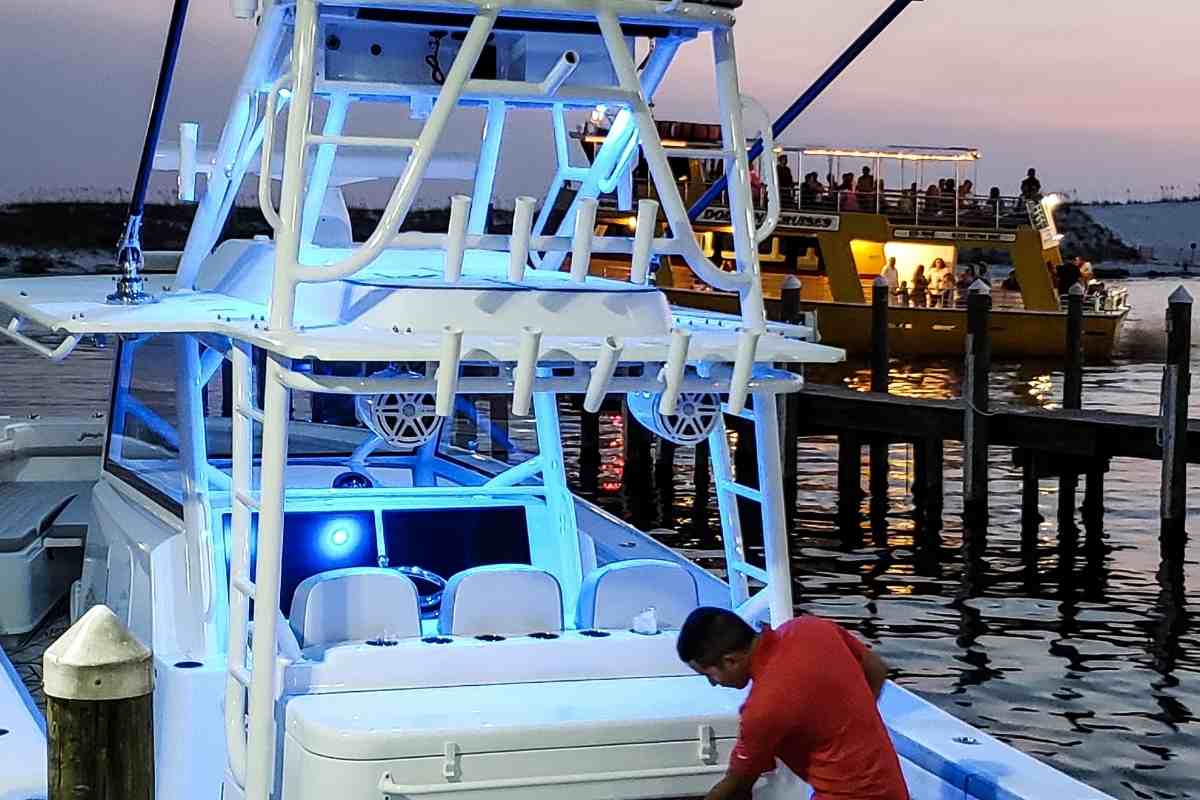
What are the requirements for boat lights?
Boats are required to have navigation, anchor, and other lighting based on the size, type, and location of the boat. Navigation lights signal to other boats your direction of travel while anchor lights signal the stationary position of the boat.
The United States Coast Guard sets specific requirements for boat lighting, which vary depending on the type and size of your vessel. These requirements are designed to ensure that boaters are visible to other vessels and can safely navigate in all conditions. It is important to understand these requirements and make sure your boat is in compliance to avoid accidents and legal issues.
Whether you’re a seasoned boater or a novice, it’s important to know the basics of boat lighting requirements
In this article, we will provide an overview of the different types of boat lights, their functions, and the specific requirements set forth by the Coast Guard. By the end of this article, you will have a better understanding of the importance of boat lighting and what you need to do to ensure your vessel is properly equipped for safe boating.
Navigation Lights
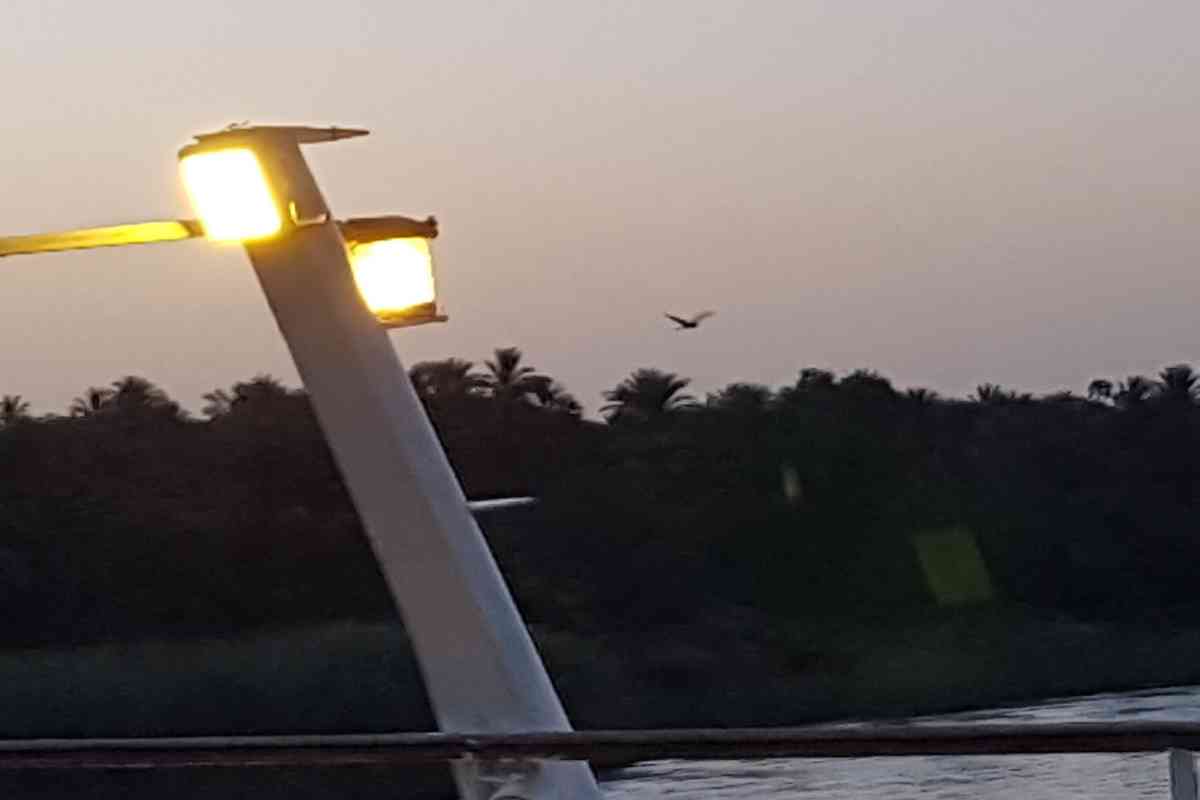
Navigation lights are an essential part of boating safety, especially when operating at night or in low visibility conditions. These lights help other boaters see your vessel and determine its direction of travel. The US Coast Guard requires all boats to have the appropriate navigation lights installed and in working order.
The specific requirements for navigation lights vary depending on the size and type of vessel.
However, in general, boats less than 12 meters in length are required to have a red light and green sidelight on the bow, and a white stern light on the stern. Larger vessels may require additional lights, such as a masthead light or all-around light.
It’s important to note that navigation lights should be mounted in a way that allows them to be seen from all directions. For example, the stern light should be mounted at a higher elevation than the sidelights to ensure it’s visible from behind the boat. Additionally, navigation lights should be bright enough to be seen from a reasonable distance, but not so bright that they impair the vision of other boaters.
When operating at night or in low visibility conditions, it’s important to remember that navigation lights alone may not be enough to prevent collisions. Boaters should always maintain a proper lookout and take any necessary actions to avoid other vessels.
Anchor Lights
When boating at night, it is essential to have proper lighting to ensure the safety of everyone on board. One of the most important lights to have on a boat is an anchor light. This light is required by law in most states and is used to signal to other boaters that your boat is anchored and stationary.
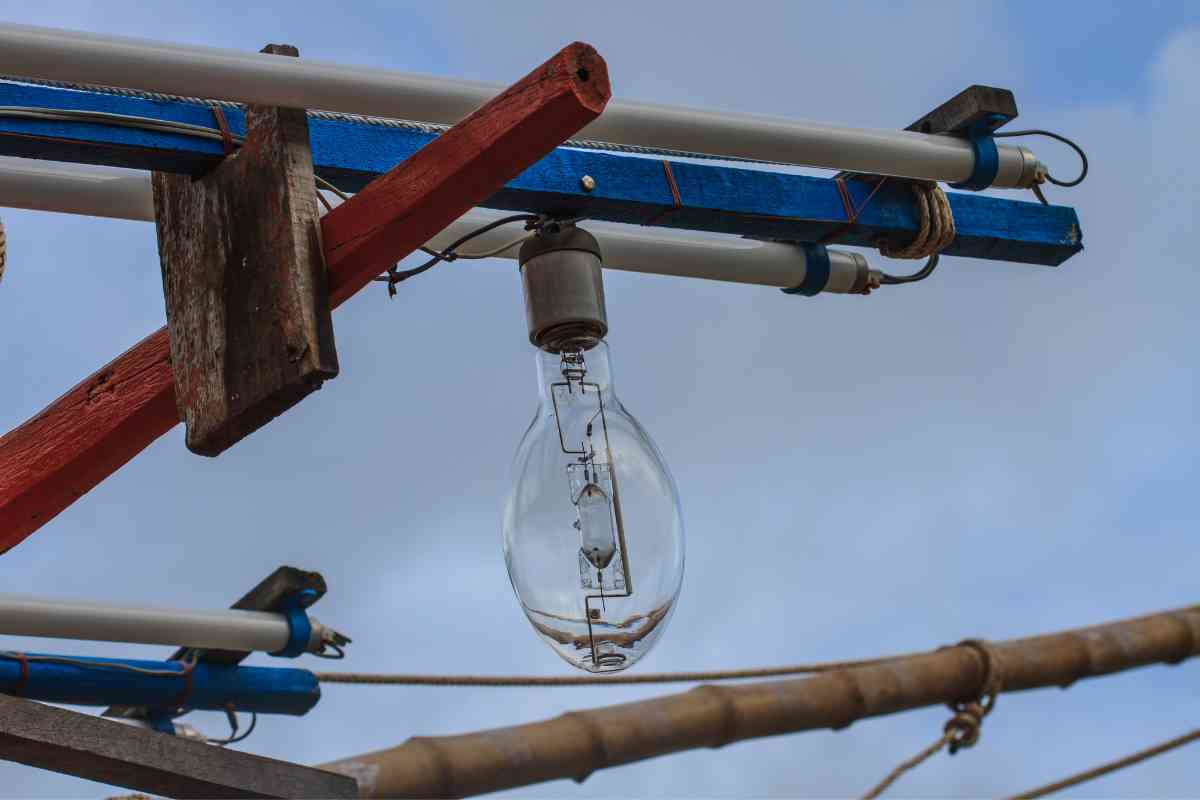
The anchor light should be visible from all directions and should be displayed from sunset to sunrise.
It should be mounted at the highest point on the boat, and the light should be white and have a 360-degree visibility. The light should also not interfere with the visibility of any other navigation lights on the boat.
It is important to note that an anchor light is not the same as a steaming light or a stern light. A steaming light is used to signal that a boat is underway and is moving in a forward direction, while a stern light is used to signal that a boat is moving in a reverse direction. These lights should not be used as a substitute for an anchor light.
When choosing an anchor light, it is important to select one that is durable and long-lasting. LED lights are a popular choice for anchor lights because they are energy-efficient and have a long lifespan. It is also important to ensure that the light is properly wired and installed to avoid any electrical issues while out on the water.
| Requirements for Anchor Lights | |
|---|---|
| Visibility | 360 degrees |
| Color | White |
| Location | Mounted at the highest point on the boat |
| Duration | Displayed from sunset to sunrise |
Overall, having a properly functioning anchor light is crucial for the safety of all boaters while out on the water at night. By following the requirements set forth by the law and selecting a durable and long-lasting light, boaters can ensure that they are visible to other boaters and can safely enjoy their time on the water.
Other Lighting Requirements
In addition to the navigation lights, there are other lighting requirements that boaters should be aware of to ensure their safety on the water. These requirements vary depending on the size and type of boat, as well as the location and time of day.
One important lighting requirement is the use of an all-around white light when the boat is at anchor. This light should be visible from all directions and should be displayed between sunset and sunrise, or during periods of reduced visibility.
Another requirement is the use of a masthead light when operating a sailboat over 23 feet in length. This light should be visible from at least 2 nautical miles away and should be displayed from sunset to sunrise, or during periods of reduced visibility.
Boaters should also be aware of the requirements for lights on personal watercraft (PWC). PWCs are required to have a red and green navigation light, as well as an all-around white light when at anchor. These lights should be displayed from sunset to sunrise, or during periods of reduced visibility.
It is important to note that these are just a few examples of the lighting requirements for boats and that the specific requirements may vary depending on the size and type of boat, as well as the location and time of day. Boaters should always consult the relevant regulations to ensure that they are in compliance with all lighting requirements.
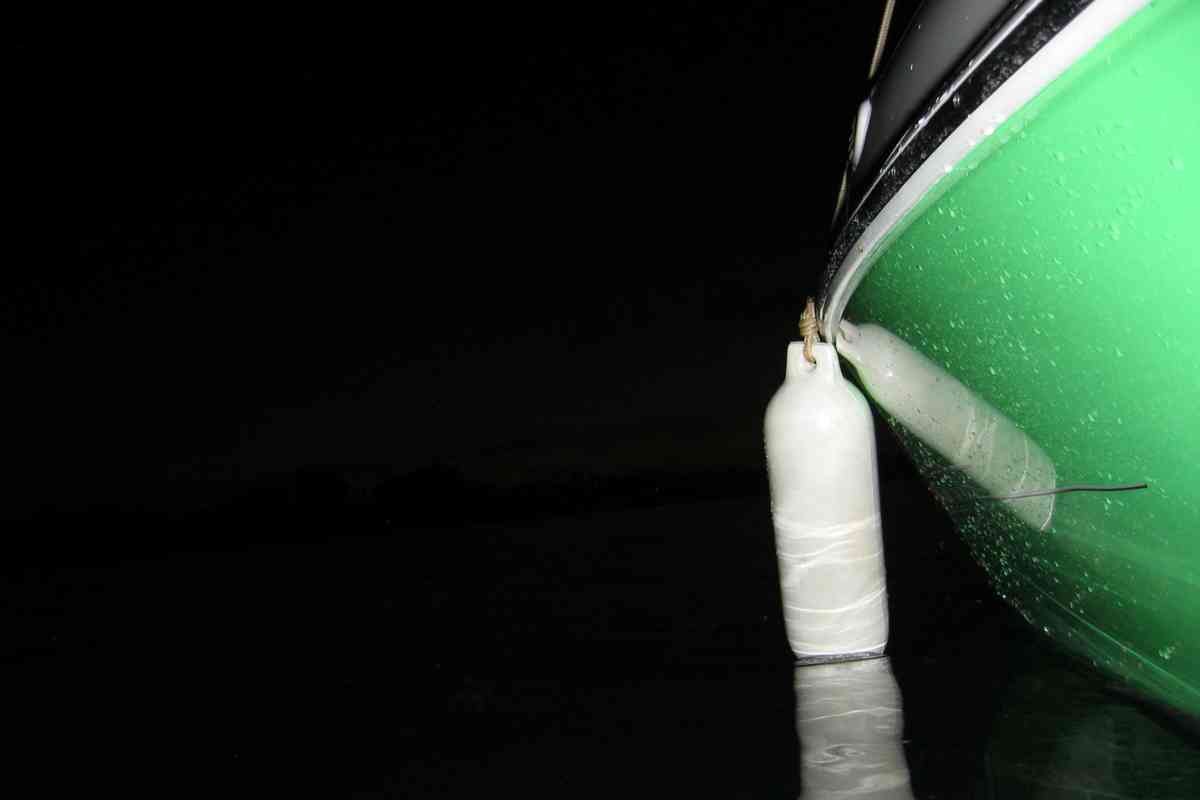
What color boat lights are required at night?
When sailing at night, you’ll need three types of lights, green, red and white. The green light should be on the starboard (right), the red light on the port side (left), while the white light is to be placed at the front, rear, and top of the boat.
All these lights should be visible on a dark and clear night. They should be seen from a distance of one mile from a smaller boat of under 39.4 feet and a distance of two miles from boats bigger than 39.4 feet.
Regardless of the size of the boat you’re sailing in, you should always have these lights fitted. It doesn’t matter if you’re planning on boating at night or not; these lights should be in perfect working condition.
This is because you could find yourself out sailing before sunset, and suddenly it gets foggy out there, or you get stranded and have to wait until dark.
With boat lights on, you and your passengers are assured that your boat will be visible to other boats. This will help you avoid any collisions with other boats and ensure you get home safely.
That’s not everything you need to know about boat lights. You might also need to know what they mean, when they are used, and what other options you have while sailing at night. The following are some details relating to boat lights that will help keep you safe on your next sail.
What do these boat lights mean when you encounter a powered vessel while sailing at night?
1. White Light Only
When you’re boating at night and encounter a powered vessel with the white light on, it means that you’re either approaching an anchored boat or one that is driving in front of you. for this case, you can overtake the boat and move to the other side of the waterway.
2. Red and White Lights (Portside Lights)
If you encounter a powered vessel that has both its white and red lights on, it means that your boat needs to give way. In this situation, you’re on the wrong way and have to give way to the other vessel.
In this scenario, you can slow down your boat and let the other boat pass. In boat terms, your boat is the give-way vessel in this situation.
3. Green and White Lights (Starboard side Lights)
In this scenario, it means that you have the right way, and the other vessel should give way to you. In boat terms, your boat is the stand-on vessel. However, it’s important to note that the other boat might not give way because of their reasons, and you should always be ready to act.
For example, the person sailing in the other boat might not see your green light, or they might not know boat lights rules well. Being on the right way is not enough reason for you to stay calm and let the other boat act.
You could end up colliding with the other boat if neither you nor them give way. For this reason, it’s important always to be alert in case the other boat delays in doing what is expected of them.
What do these boat lights mean when you encounter an unpowered vessel while sailing at night?
If you encounter an unpowered vessel such as a kayak or a canoe, you’re likely to see a green light, red light, but you won’t see all of them. Regardless of the light you see from these unpowered vessels, you have to give way.
This is because the unpowered vessel is not developed as your powered boat, which means that it’s incapable of maneuvering like yours.
Also, even if the unpowered vessel decides to give way to your boat, it might not do it before you come across them. Giving way to the unpowered vessel helps you and them to avoid an unnecessary accident.
What other boat lights do you need to sail at night?
Docking Lights
These lights are also commonly known as boat headlights. They are usually fitted at the front of the boat and aid with visibility at night. With docking lights, your boat is visible to other boats. Every boat owner is advised to have at least two of these lights.
Anchor light
This is the light that ensures your boat is visible to other boats when it’s anchored. The anchor light serves the same purpose as a parking light among cars. This light is mostly a white all-rounder lighter and is fitted at the top of the boat.
Types of Boat Light Colors
Boat lights come in different colors, each with its own purpose. Here are the most common types of boat light colors:
- White lights are the most common type of boat lights. They are used to illuminate the boat’s deck and interior, as well as to provide navigation lights. White lights are also used to signal distress or to attract attention.
- Red lights are used to preserve night vision. They are often used in conjunction with white lights to help the crew see without losing their night vision. Red lights are also used to mark the port side of a boat.
- Green lights are used to mark the starboard side of a boat. They are also used to indicate the direction of travel when used in conjunction with red lights.
- Yellow lights are used to indicate caution or to mark obstructions. They are also used to mark the stern of a boat.
- Blue lights are becoming more popular on boats. They are often used for aesthetic purposes, but can also be used for fishing or to attract fish. However, it’s important to note that blue lights can attract other types of marine life, such as sharks.
It’s important to know the different types of boat light colors and their uses to ensure the safety of the crew and other boaters. Using the wrong color of light can cause confusion and potentially dangerous situations. Always make sure to use the appropriate color of light for the situation.
Choosing the Right Boat Light Colors
Choosing the right boat light colors is important for both safety and aesthetics. The color of your boat lights can affect your visibility and the visibility of other boats around you. It can also set the mood and ambiance of your vessel. Here are some factors to consider when choosing the right boat light colors:
- Visibility: The most important factor to consider when choosing boat light colors is visibility. You want to make sure that your lights are visible to other boats and that you can see clearly in low-light conditions. Red and green are the most commonly used colors for navigation lights, with white being used for anchor lights.
- Aesthetics: While visibility should be your top priority, you also want to choose boat light colors that look good on your vessel. Many boat owners choose to use blue or green lights for accent lighting, as they create a cool and relaxing atmosphere on board.
- Regulations: It’s important to check your local regulations to ensure that you are using the correct colors for your boat lights. Different countries and states may have different requirements for navigation lights and other types of boat lighting.
When choosing boat light colors, it’s important to strike a balance between visibility and aesthetics. By considering the factors above, you can choose the right boat light colors for your vessel that will keep you safe and looking good on the water.
What if a color blind person is sailing the other boat?
It’s highly discouraged for a color-blind person to sail any boat. This is because they can’t differentiate the different boat lights and hence could end up causing an accident without intending to.
This scenario is highly unlikely because you can never be awarded a captain’s license if you can’t pass a color blind test.
However, if you’re color-blind and would like to sail at night, it’s better for you and for others that you take the passenger’s seat. Also, you can always bring a friend with you to guide you whenever need be.
What if the boat lights stop working mid-sailing?
Powered boats, like other machines, are subject to technical difficulties. For this reason, it’s important always to have a backup plan. If your lights become inoperable when you’re sailing at night, you might want to have a flashlight with you.
Shinning this flashlight to incoming boats will give them the idea that they need to slow down and help you or give way to you. For situations like this, you can also use flares, other lights, or parachute lights.
These are commonly known as the distress signals in waterways and can be very helpful when you need help.
However, it’s helpful to be keen not to use these signals when you’re not in danger. This is because they attract heavy fines and other forms of punishment from maritime authorities.
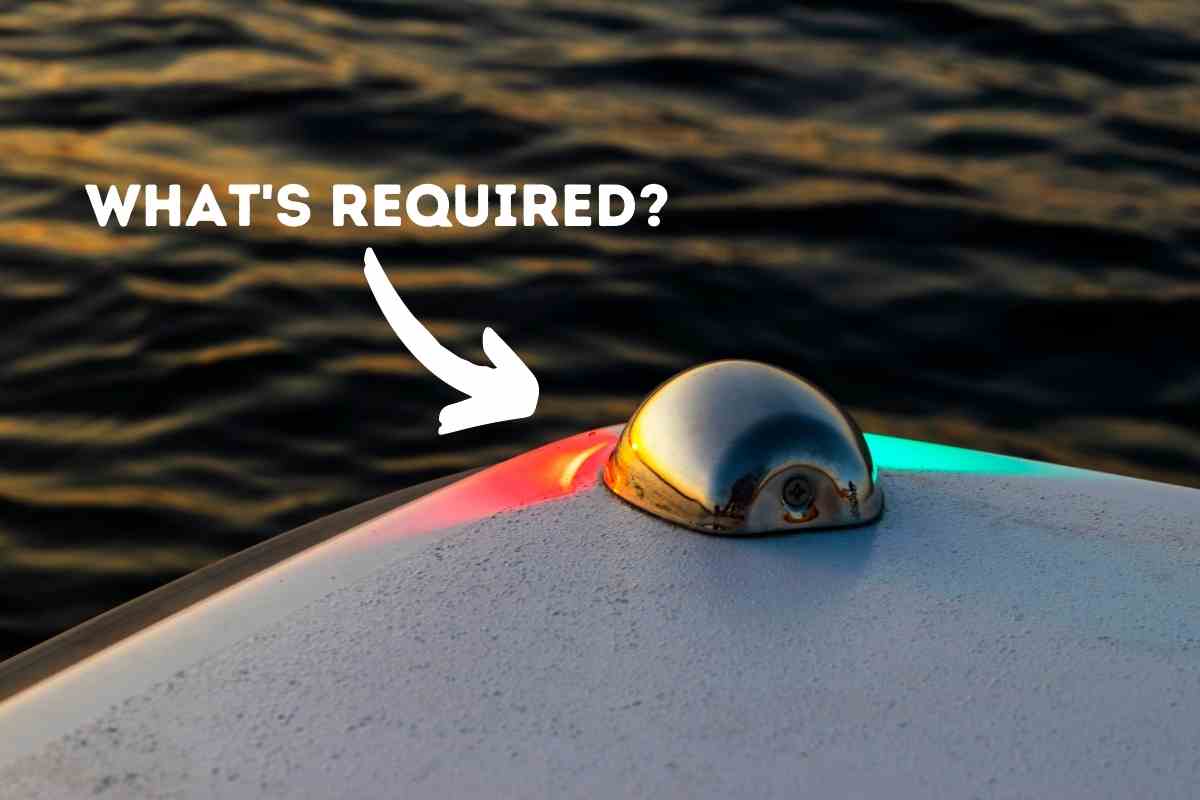
What other safety precautions are necessary when sailing at night?
Use a lookout
It’s important to have a lookout with you to increase your chances of getting home safely. With one of your passengers acting as the lookout, you’re likely to spot anything in advance. Other boats aren’t the only thing you should be worried about when sailing at night.
Other hazards such as shipwrecks, icebergs, docks, unlit piers, and jetties could cause a problem to you and your passengers when you do not spot them early enough. However, with a lookout, they will inform you in advance so that you can divert to a much clearer and safer route.
High beams
When sailing at night, it’s important to have your high beams turned off. This is because when they’re on, they can end up confusing other sailors since they portray an anchored boat to many. Also, some high beams can be very bright, which makes matters worse for other sailors.
When the high beams shine their bright light on other sailors, they could end up giving them night blindness. This could result in collisions between boats or other accidents like hitting a shipwreck.
Driving speed
Generally, it’s helpful to sail at a much slower speed at night than during the day. This is because the visibility during the nights is mostly limited. When sailing at a higher speed, you could miss a boat light or another barrier and end up causing an accident.
Use a compass
A compass on board is one of the most important tools you’ll need for safe navigation. With a compass, you can tell the direction you’re coming from and the one you’re heading with ease. This will work even when it gets foggy or darker in the waterways.
Maintenance and Safety Tips for Boat Lights
Boat lights are essential for safe navigation, especially during night-time or low visibility conditions. Proper maintenance and care of boat lights not only ensure their longevity but also enhance boating safety. Here are some maintenance and safety tips for boat lights:
- Regular Cleaning: Dirt, grime, and saltwater can accumulate on boat lights, reducing their effectiveness. Regular cleaning with a soft cloth and mild soap can help remove debris and keep the lights shining bright.
- Check for Damage: Boat lights are exposed to harsh weather conditions and can get damaged easily. Inspect the lights regularly for any cracks, water damage, or loose connections. Replace damaged lights immediately.
- Keep Spare Bulbs: Carry spare bulbs for all boat lights to avoid being stranded in the dark. Make sure to store them in a dry place and label them correctly for easy identification.
- Test Lights Before Departure: Before setting sail, test all boat lights to ensure they are functioning correctly. Check the brightness and color of the lights and replace any bulbs that are not working correctly.
- Use Correct Colors: Different color lights have specific meanings in boating. Use the correct color lights as per the boating regulations in your area. For example, red and green lights indicate the port and starboard sides of a boat, respectively.
- Adjust Light Angles: Make sure the boat lights are angled correctly to avoid blinding other boaters. Adjust the lights to the correct angle as per the manufacturer’s instructions.
- Use LED Lights: LED lights are more energy-efficient and have a longer lifespan than traditional bulbs. Consider switching to LED lights for your boat to save energy and money.
Conclusion
Even though sailing at night can be scary for some people, it doesn’t need to be when you follow all the guidelines. Having your boat lights in good conditions and knowing how to interpret them will give you a much-needed edge in the waterways at night.


